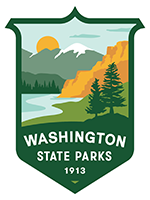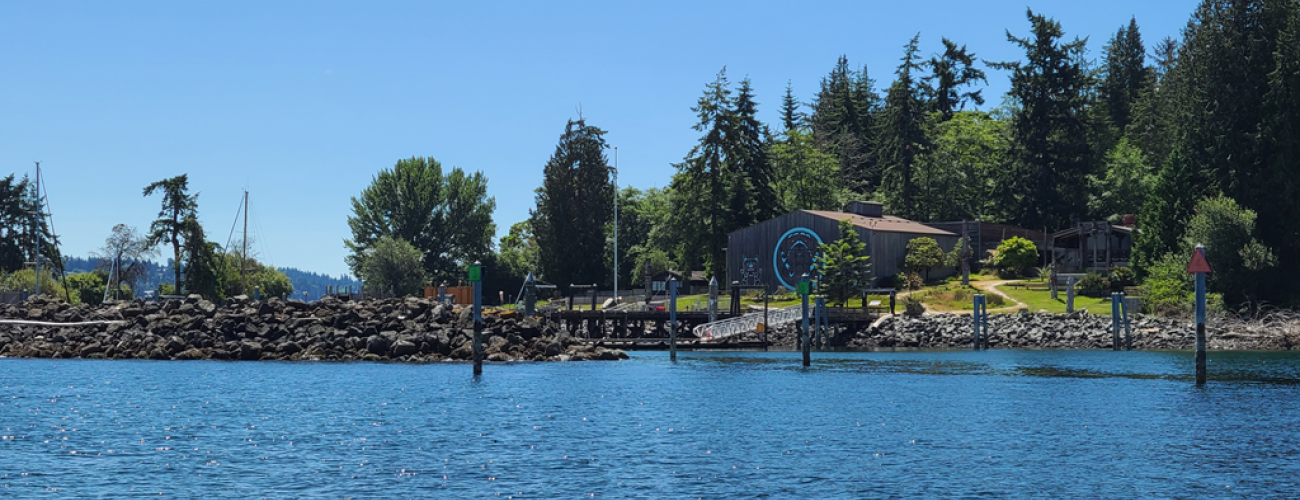Blake Island Marine State Park Master Planning
Project summary
Washington State Parks and Recreation Commission is undertaking a planning process to develop a Master Plan for the future of Blake Island Marine State Park.
- Location: Blake Island Marine State Park
- Estimated start date: Fall 2024
- Estimated end date: Summer 2026
The Blake Island Master Plan will be created with input from Parks staff, Tribal governments, and the public to guide future investments and management decisions at Blake Island.
The new Master Plan seeks to use input from the public to consider:
-
A new vision for the park and its future;
-
The viability of the Tillicum Village Concession Buildings;
-
Alternatives to Tillicum Village concession and other possible facilities and amenities;
-
Educational content and exhibits;
-
A trail reroute on the exterior of the island;
-
Public transportation to the island
Community participation
State Parks conducted public outreach for Stage One - Identify Hopes and Concerns through October 31, 2025.
You can provide written public comment on Blake Island using the online public comment form.
Blake Island Master Plan Phase 1 video
Watch a video overview of the Blake Island Master Plan information that was presented at the Sept. 18 Stage One Public Meeting.
Stage One Public Meeting:
When:
Sept. 18, 2025 from 6 - 7:30 p.m.
Where:
Seattle Public Library, Ballard Branch
Thank you to those who attended.
Project history
State Parks' David Bean, along with the Honorable Leonard Forsman, Chairman of the Suquamish Tribe, helped our local PBS affiliate on a short documentary about Blake Island and Chief Seattle called "Born of the Salish Sea."
For over forty years, State Parks operated, through concessionaires, the facilities, tours, and experiences known as Tillicum Village at Blake Island. Argosy Tours took over the management of the concession from 2009 to 2021. Since then, marine access has been limited to private boats and there has been no use of the Tillicum Village buildings at the park.
The Master Plan process will create a new vision for the park and facilitate future development and investment. This process includes four stages:
Stage One - Identify Hopes and Concerns
The purpose of this stage is to share with the public what we've learned so far through site and facilities evaluations, understand what is important to the park community, and generate ideas of what to explore in Stage Two.
Stage Two - Exploring Alternative Approaches
At this stage, the planning team suggests potential alternative approaches to address the various issues and concerns raised by the public in Stage One. No preferred alternative is established; this is an opportunity to understand the range of possibilities.
Stage Three - Preparing Preliminary Recommendations
The best ideas from the alternative approaches developed in Stage Two are combined into a preliminary plan in this stage. The plan includes recommendations for use and development and ways to address issues raised during the planning process. Another important document completed at this stage is the State Environmental Policy Act (SEPA) checklist that describes environmental impacts of the recommendations. The public is encouraged to provide comment on the SEPA checklist at this time.
Stage Four - Preparing Final Recommendations
At stage four, final adjustments are made to recommendations, and the Master Plan document will be written. Once complete, the final plan will be submitted to the seven-member Parks and Recreation Commission for approval. We anticipate the final Master Plan going to the Commission in 2026.

